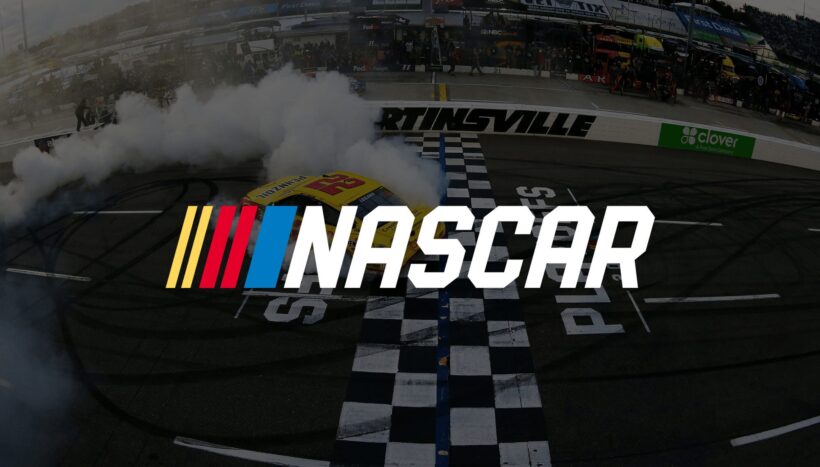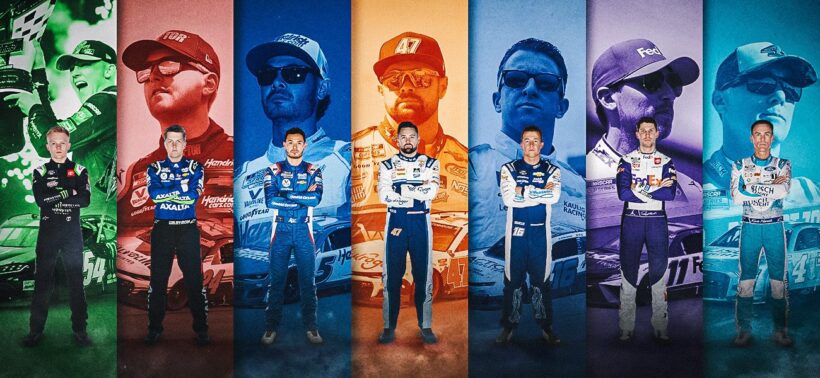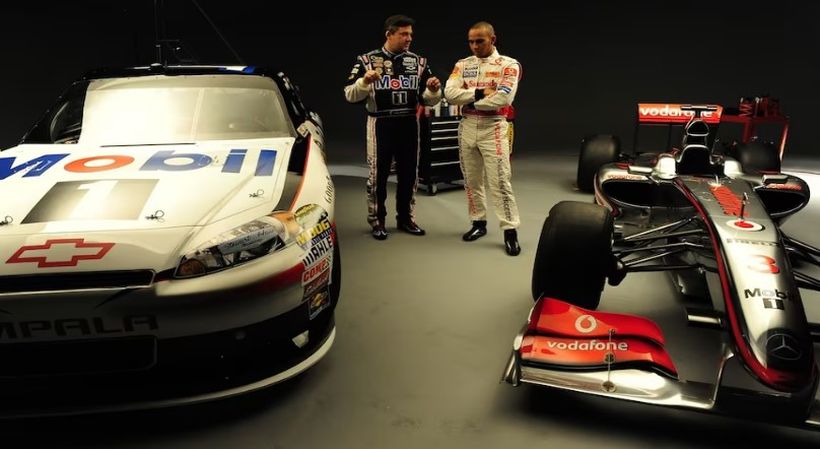When the rubber meets the road, adrenaline spikes and fans are glued to their screens. Two racing titans, NASCAR and Formula 1 (F1), have long been the subject of enthusiastic debates among motorsport aficionados. While both provide their own unique brand of high-octane entertainment, the question beckons: which one is more unpredictable and exhilarating?
Motorsports have an undeniable charm, mesmerizing spectators with roaring engines, tactical overtakes, and the ever-present element of danger. Both NASCAR and F1 stand tall as titans of the racing world, each boasting its own rich tapestry of history, style, and fan base. Yet, amid the pulsating heartbeats and gasped breaths of nail-biting finishes, fans and pundits alike find themselves grappling with an enduring question: Which racing discipline offers more genuine surprises and unscripted drama?
History and Background

NASCAR, an emblematic symbol of the American South, traces its origin back to the late 1940s. A brainchild of bootleggers who modified their cars to outpace law enforcers, it has since entrenched itself deep into American cultural fabric. On the other side of the pond, F1 emerged in the glamorous European circuits of the 1950s. As the pinnacle of open-wheel racing, F1 has cultivated an elite global reputation. The differing origins, one stemming from evasion and rebellion and the other from a pursuit of speed and luxury, have sculpted distinct trajectories for both sports.
Racing Formats
NASCAR’s premier series, the Cup Series, promises an exhilarating experience spanning around 36 races each year. The majority of these races challenge drivers on oval tracks, a testament to the sport’s roots. On the other hand, the F1 calendar comprises 20-23 races, offering a tantalizing mix of street circuits, dedicated racetracks, and, occasionally, an oval thrown into the mix. The variety of circuits in F1, from the narrow, guardrail-lined streets of Monaco to the sprawling streets of Monza, contrast sharply with NASCAR’s high-banked ovals like Daytona and Talladega. Each track, whether in NASCAR or F1, introduces its own set of challenges and idiosyncrasies, demanding adaptability and tactical prowess from teams and drivers. If NASCAR is the format you find more appealing for some wagering you can check out the best NASCAR betting sites we have here.
Car Specifications
The vehicles that grace the tracks in these competitions are as different as night and day. NASCAR’s behemoths, often termed stock cars, prioritize endurance. Their bulkier build and less aerodynamic design are tailored for the rough and tumble of close-quarters racing. In the red corner, F1 cars—sleek, agile, and aerodynamic—are the epitome of speed and precision. These design philosophies not only dictate the aesthetics but deeply influence race dynamics. While F1 races often hinge on split-second decisions and precision cornering, NASCAR events revel in bumper-to-bumper duels and dramatic overtakes.
Speed and Technology
F1’s brand identity is intertwined with cutting-edge technology. Hybrid engines, regenerative braking, and aerodynamic innovations push these machines to the very limits of speed. NASCAR, while not as technologically intricate, still manages to achieve jaw-dropping speeds, particularly on its famed superspeedways. The emphasis in NASCAR is on raw power and durability, while F1 dances on the razor’s edge of technological innovation and performance. Both approaches, though divergent, have their own set of challenges and add different flavors of unpredictability to races.
Driver Skills

When it comes to mastering the track, the skill sets demanded from drivers in both disciplines are immense but differ in nuances. NASCAR drivers often find themselves ensnared in tightly-packed groups, especially during the restrictor-plate races. This calls for supreme spatial awareness, the ability to draft effectively, and a sense of timing that borders on the clairvoyant. In contrast, F1 drivers are faced with the challenge of navigating circuits with diverse characteristics while managing the complex technology at their fingertips. This demands an amalgamation of supreme physical fitness, razor-sharp reflexes, and an intricate understanding of the car’s myriad systems.
Overtaking and Strategy
The art of overtaking is a spectacle in itself. In F1, overtaking can be a high-risk, high-reward affair. The inclusion of systems like DRS (Drag Reduction System) and strategic tire choices add layers of complexity to the overtaking chess game. NASCAR, with its often bumper-to-bumper racing, especially on ovals, sees more frequent position changes. The phenomenon of drafting, where cars line up to reduce aerodynamic drag, can lead to thrilling slingshot maneuvers. While F1 leans heavily on tactical decisions regarding pit strategies and tire management, NASCAR’s strategy often revolves around fuel mileage and drafting partners.
Unpredictable Weather
The capriciousness of weather has always been a wildcard in racing. In F1, rain, often termed the “great equalizer”, can turn races on their heads. Iconic moments, like Max Verstappen’s deft handling at the rain-soaked German Grand Prix, underline how such conditions can unearth latent talent. NASCAR, too, isn’t immune to weather’s whims. The rain-shortened 2001 Daytona 500 stands testament to how weather can craft unforgettable narratives, reshuffling the deck and making race outcomes anyone’s guess.
Safety and Accidents
Racing, for all its glory, carries inherent risks. Both F1 and NASCAR have tragically lost luminaries, which has steered them towards rigorous safety innovations. F1’s introduction of the HALO system, a protective cockpit frame, came post the unfortunate accidents involving Jules Bianchi and Felipe Massa. NASCAR, still haunted by the loss of its icon Dale Earnhardt in 2001, implemented significant safety measures like the HANS device and SAFER barriers. While accidents are harrowing, they’ve shaped the narrative of both sports, with surprising race outcomes and pivotal championship impacts.
Fan Engagement
The ambiance at any race is electrifying, yet the atmospheres of F1 and NASCAR events are distinctively different. NASCAR boasts a familial vibe with tailgating, barbecues, and trackside camping, often likened to a massive weekend party. F1, with its global circuits, brings a blend of local culture and international glamor. The opulence of Monaco, the fervor of Monza, or the night lights of Singapore—all offer varied fan experiences.
Memorable Surprises
Both disciplines have their share of jaw-dropping moments. NASCAR has seen underdogs triumph at the Daytona 500 and last-lap twists that left fans aghast. In the F1 realm, who can forget the surprise wins, like Pierre Gasly’s maiden victory at Monza or the strategic masterclasses that catapulted lesser-known teams to the podium? Each race often scripts its own unpredictable tale.
Conclusion
In the final lap of this comparison, both NASCAR and F1 have showcased why they are celebrated and cherished across the globe. The distinct histories, unique racing formats, divergent car philosophies, and the sheer unpredictability they bring to motorsport make them both invaluable jewels in the racing crown. As for which offers more surprises, that’s a debate that might just last for many more laps to come.

